Eggs fit the four criteria college students look for when shopping for foods, making them the perfect staple for carnivores and vegetarians alike:
- They are economical at around 20¢ an egg.
- They are chock-full of protein, vitamins, and minerals.
- They are quick and easy to prepare.
- They are delicious.
The main complaint I hear from my friends about eggs is that they are tired of eating scrambled eggs. They say eggs are bland and boring. What my friends neglect to realize is that eggs are one of the most versatile foods in the supermarket. You can prepare them in so many different ways.
Keep on reading and you will discover seven methods of preparing eggs. Seven methods means that you can enjoy your eggs in a different way each day of the week.
1. Fried
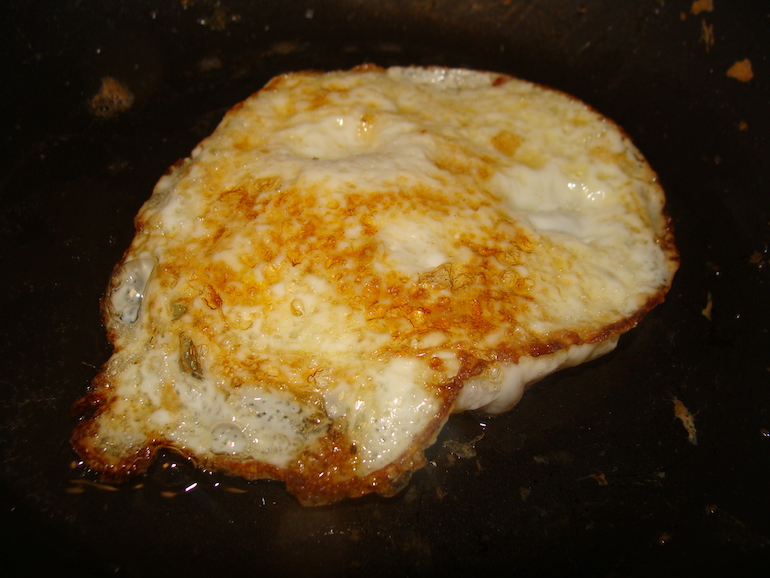
Photo by Susan Bean
Fried eggs are one of the easiest preparations. All you need is a hot skillet, a little butter or oil, an egg, and something to flip it with. Just crack an egg into a medium heat skillet, wait for it to get nice and golden brown, flip it letting the other side cook for a few seconds, and then serve.
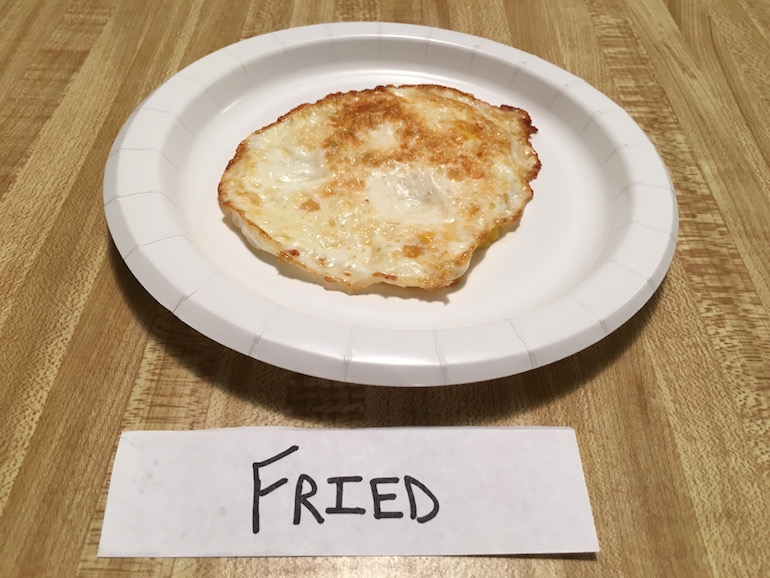
Photo by Susan Bean
How long you cook the egg will determine how runny the yolk is. Pro-tip: Place this egg on top of vegetables, rice, or toast to elevate any meal. You can find more suggestions here and a more detailed set of instructions here.
2. Hard Boiled
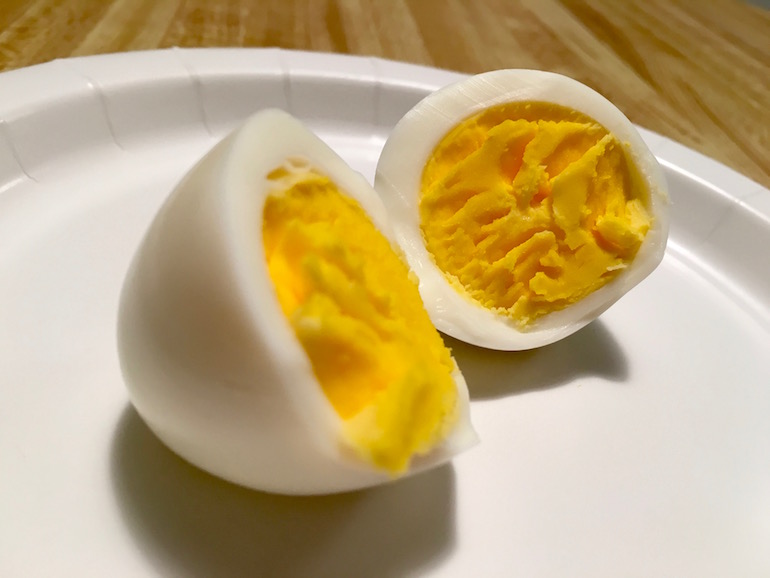
Photo by Susan Bean
If you are short on time and like to prepare your meals in advance, hard boiled eggs are the way to go. All you need is a small pot, some water, an egg, and a utensil to remove the egg with. Simply place an egg in a pot of water that covers it by one inch, bring the water to boil, and then remove the pot from the heat and cover it letting it sit for about ten minutes.
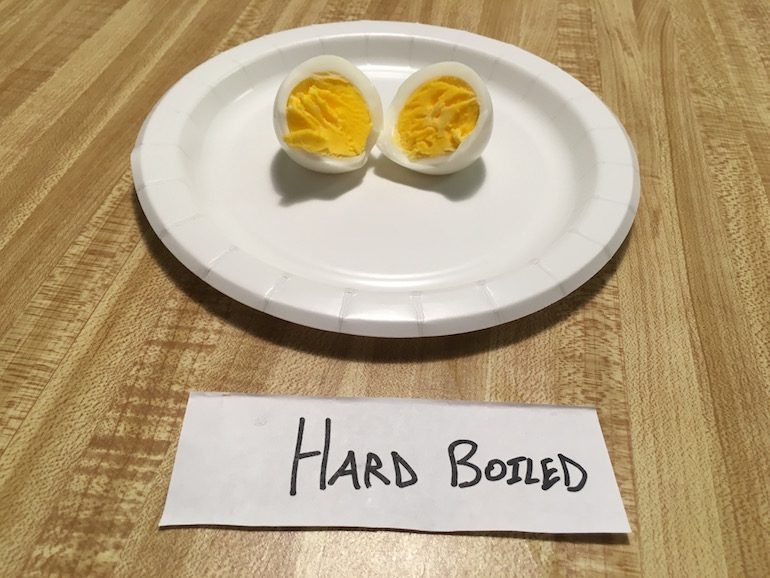
Photo by Susan Bean
Once your hard boiled egg is done, peel it and enjoy it on its own, in a salad, or in up a batch of deviled eggs that you whip up for all your friends. For more detailed instructions on how to hard boil an egg, click here.
3. Omelette

Photo by Susan Bean
Omelettes are definitely one of my go-to breakfasts. I’m clearly not alone when I say this, as evidenced by the huge omelette lines at my school’s dining hall on any given morning. Omelettes are the perfect vessel to load with vegetables, meats, or cheeses.
To make an omelette, crack and scramble the eggs in a bowl and then pour them into a medium skillet coated with butter or oil. Stir the eggs until they begin to coalesce, then let them sit for a moment before you (with a flick of the wrist) flip them to their other side.
Don’t worry, you can always use a plate to flip the eggs if you are worried about making a mess. Fillings can either be added at this stage or before you pour the eggs. For more detailed instructions, click here.
4. Poached
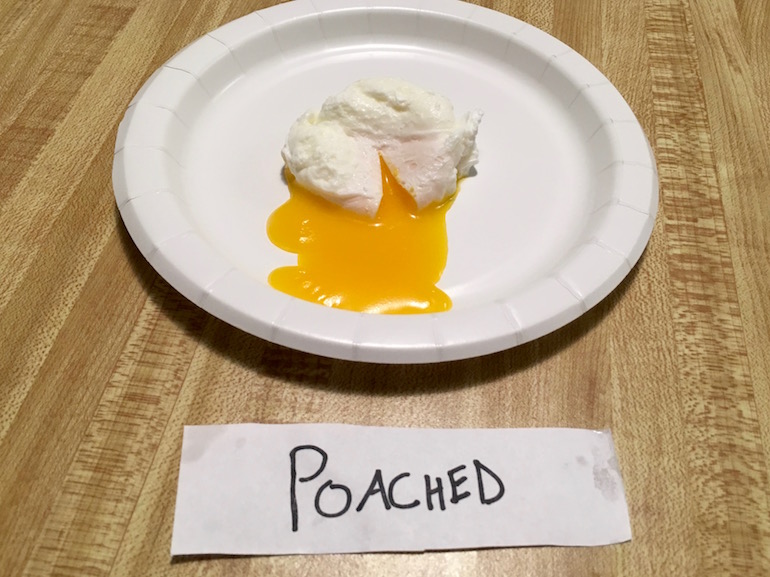
Photo by Susan Bean
Poached eggs are the holy grail of food porn. The runny yolk when you cut into these fluffy clouds of heaven begs to have its picture taken. Most people are too intimidated to attempt making a poached egg. Fret not, because you can even make them in a microwave.
The traditional way to make them is by placing an egg into a simmering pot of water for about 3-5 minutes. Pro tip: add a few drops of vinegar to prevent the egg whites from separating. Next time you want to impress your friends, serve them as eggs Benedict or put some poached eggs on top of avocado toast. Trust me, you won’t be disappointed.
5. Scrambled

Photo by Susan Bean
Scrambled eggs are probably the most basic egg preparation out there. They are simple to make and can be elevated to be the perfect breakfast, lunch, or dinner. For creative ways to up your scrambled egg game, click here.
To simplify, all you need to do is whisk eggs together in a bowl, pour them into a skillet coated with butter or oil and continuously stir them until no longer runny. For the perfect recipe, click here.
6. Soft Boiled
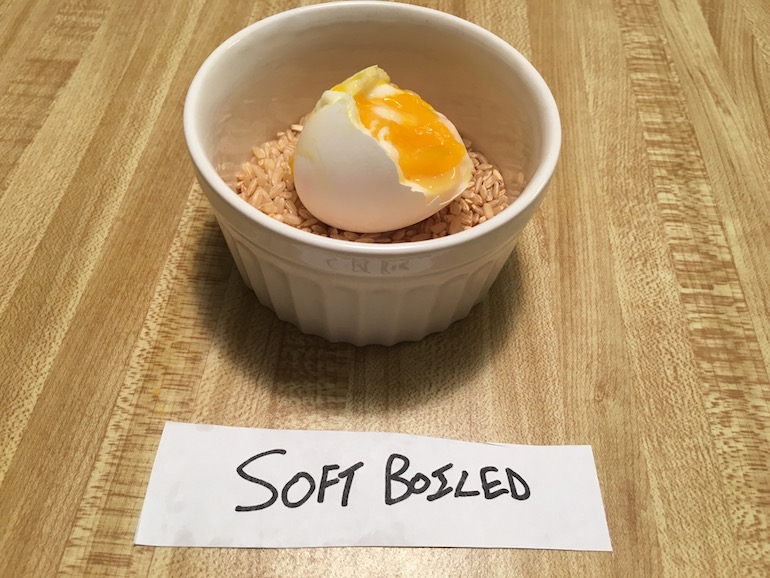
Photo by Susan Bean
A soft boiled egg is the perfect breakfast item or addition to any bowl of ramen. Unlike a hard boiled egg, a soft boiled egg has a runny yolk center that’s perfect for dipping toast. Yet, the outside of a soft boiled egg retains the same consistency and texture as a hard boiled egg.
The trickiest part of a soft boiled egg is extracting it from its shell. Some people eat the egg right out of a shell with a spoon, while others prefer to peel it — the trickier option, in my opinion. If, for example, you want to place it in a bowl of ramen, you will have to use the latter method.
Useful tips for peeling a soft boiled egg can be found here. For instructions on how to perfectly soft boil an egg, click here.
7. Sunny-Side Up
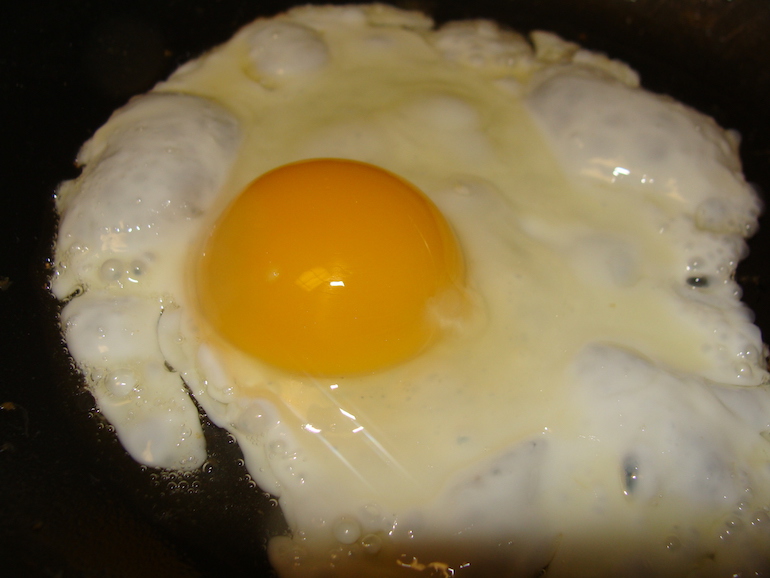
Photo by Susan Bean
This preparation is essentially the same as the fried egg. The only difference is that you do not flip the egg, rather you cover it for a minute or two to let the whites steam and cook. This is the preferred method if you want to maximize the amount of runny yolk you have.

Photo by Susan Bean
There you have it — seven different ways to prepare eggs. Whether you fry, scramble, poach, or boil them, eggs are tasty and nutritious. To my friends that once considered eggs boring, what do you have to say now? I don’t know about you, but I could really go for some eggs now. Last piece of advice: get cooking and eat more eggs.

